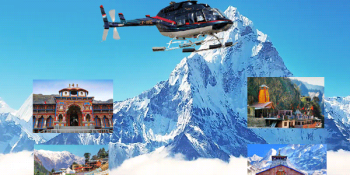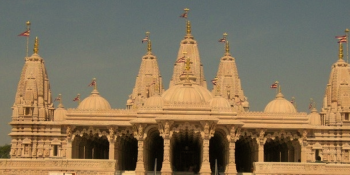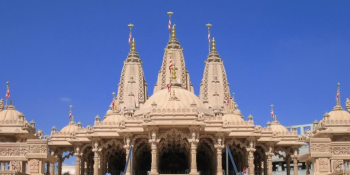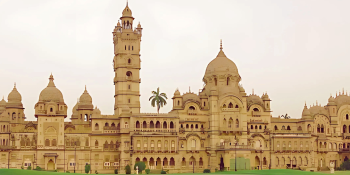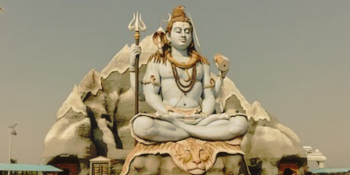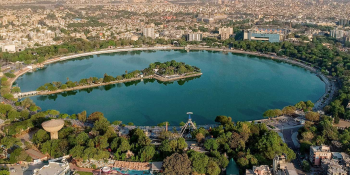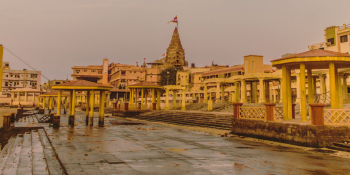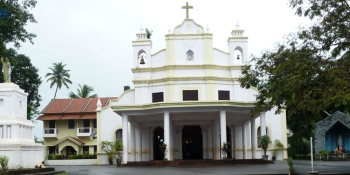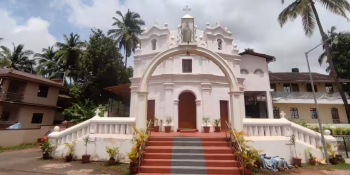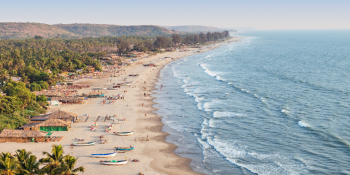Munger, a historical city located in the eastern part of India, lies in the state of Bihar. The city is known for its rich cultural heritage, historical significance, and its strategic position along the banks of the Ganges River. With its ancient temples, forts, and serene landscapes, Munger is fast becoming a popular destination for travelers interested in exploring India’s rich history and culture.
In this travel blog, we’ll explore the key aspects of Munger, from its transportation infrastructure to its must-visit attractions. Whether you’re planning a short visit or a longer stay, this guide will provide all the information you need to explore the city of Munger.
Transportation in Munger
Before diving into the attractions, it’s essential to understand how to get to Munger and navigate around the city. Munger, while relatively less commercialized compared to other parts of Bihar, is well-connected by road, rail, and air.
By Air
The nearest airport to Munger is the Patna Airport, located around 175 km away from the city. Patna, the capital of Bihar, is a major hub for domestic flights, with connections to major cities like Delhi, Kolkata, Mumbai, and more. After arriving at Patna Airport, you can take a bus or hire a taxi to reach Munger, which takes approximately 4-5 hours depending on traffic and road conditions.
Alternatively, if you’re traveling from a nearby city like Kolkata, you can opt for the Netaji Subhas Chandra Bose International Airport in Kolkata, located about 300 km away from Munger, but Patna remains the more convenient option for most travelers.
By Rail
Munger is well-connected to other cities and towns by rail, with the Munger Junction Railway Station serving as the primary railway station. It offers regular train services to and from major cities like Patna, Kolkata, and Delhi. The station is well-maintained, and taxis, auto-rickshaws, and cycle-rickshaws are available for travel within the city from here.
For travelers coming from Patna, the train journey to Munger takes around 3-4 hours. Several express and passenger trains are available that offer a comfortable and budget-friendly mode of travel to Munger.
By Bus
Munger is also well-connected by road, and buses from nearby towns and cities are a convenient way to reach the city. The Munger Bus Stand, located in the city center, is the main bus station for interstate and local buses. Regular services operate from Patna, Bhagalpur, and other surrounding towns.
Private taxis and cabs are also available for those looking for more comfortable travel options. The road connectivity to Munger is good, with several National Highways passing through or near the city, making it easily accessible by car.
Key Attractions in Munger
Munger’s historical and spiritual significance makes it a unique destination for travelers. From ancient temples and forts to scenic views of the Ganges River, there’s no shortage of attractions to explore. Here are the top places to visit in Munger.
1. Munger Fort
One of the most important historical sites in Munger, the Munger Fort stands as a testament to the city’s military history. Situated on the banks of the Ganges River, the fort dates back to the Mughal era, though it was expanded and fortified by the British during their rule. The fort complex includes several structures, including temples, a jail, and watchtowers, and it offers stunning views of the Ganges and surrounding landscape.
Inside the fort, you will find the Maa Kali Temple, which is highly revered by the locals. The fort is open to tourists, and guided tours are available to explore its history and architecture.
2. Baba Jagannath Temple
The Baba Jagannath Temple, located near the Munger Fort, is one of the most significant temples in the region. This temple is dedicated to Lord Jagannath, and it is believed that the temple’s construction dates back to the 18th century. The temple’s grand architecture and peaceful atmosphere make it a must-visit spot for those seeking spiritual solace. Devotees from all over the region visit the temple to offer prayers and seek blessings.
The temple is particularly famous for its annual Rath Yatra, a festival that attracts thousands of devotees and is celebrated with great fervor.
3. Ganges River
The Ganges River plays a central role in the culture and spirituality of Munger. The banks of the Ganges are dotted with ghats, temples, and peaceful spots where locals and visitors alike gather to offer prayers, meditate, or simply enjoy the tranquil views of the river.
Munger is also known for being an excellent place to experience yoga and meditation due to its serene environment by the river. You can take a boat ride on the Ganges to enjoy its beauty or participate in local spiritual practices.
4. Kundeshwar Temple
Located around 16 kilometers from the city, the Kundeshwar Temple is dedicated to Lord Shiva. The temple is famous for its natural beauty, with the surrounding landscape providing a peaceful escape for those looking to connect with nature. The temple is located on a hilltop and can be reached after a short trek, which offers panoramic views of the surrounding area. Kundeshwar is especially crowded during the Shravan month when devotees come in large numbers to offer prayers.
5. Chandrashekhar Azad Park
Munger is also associated with the legendary freedom fighter Chandrashekhar Azad, who played a key role in India’s independence movement. Chandrashekhar Azad Park is a popular spot for both locals and tourists, named in honor of the revolutionary hero. The park is a great place to relax, enjoy a picnic, or take a leisurely stroll. It is also home to a statue of Azad, which is a focal point for visitors interested in learning about the history of India’s struggle for independence.
6. Sultanpur Lake
For nature lovers, Sultanpur Lake is a beautiful, serene location situated just outside of Munger. The lake is surrounded by lush greenery and serves as a perfect retreat for bird watchers, with various species of birds frequenting the area. The peaceful environment makes it a great spot for relaxation and outdoor activities.
Shopping and Dining in Munger
Munger offers a variety of shopping and dining experiences. The city’s markets, including those near the Munger Junction Railway Station, offer a wide range of local handicrafts, souvenirs, and textiles. Munger Sarees are a popular item to purchase, as they are famous for their fine craftsmanship and vibrant designs.
As for dining, Munger’s local cuisine is heavily influenced by Bihari flavors. You’ll find a variety of street food vendors offering snacks like litti chokha, samosas, kachaudi, and chana chaat. The city also has a few local restaurants and dhabas serving traditional Bihari meals.
Best Time to Visit Munger
The best time to visit Munger is during the winter months, from October to March. The weather during this period is pleasant, with daytime temperatures ranging between 10°C to 25°C, making it perfect for sightseeing and exploring the city. Summers in Munger can get hot, with temperatures reaching up to 40°C, while the monsoon season can bring heavy rains, making travel difficult.
Munger may not be as widely known as other major tourist destinations in India, but its historical and cultural significance makes it a fascinating place to visit. Whether you’re interested in exploring ancient forts, immersing yourself in spiritual practices, or simply enjoying the scenic beauty of the Ganges River, Munger has something for everyone. With its easy accessibility by air, rail, and road, and a plethora of attractions to explore, Munger is quickly becoming an attractive option for travelers looking for an off-the-beaten-path destination in India.
